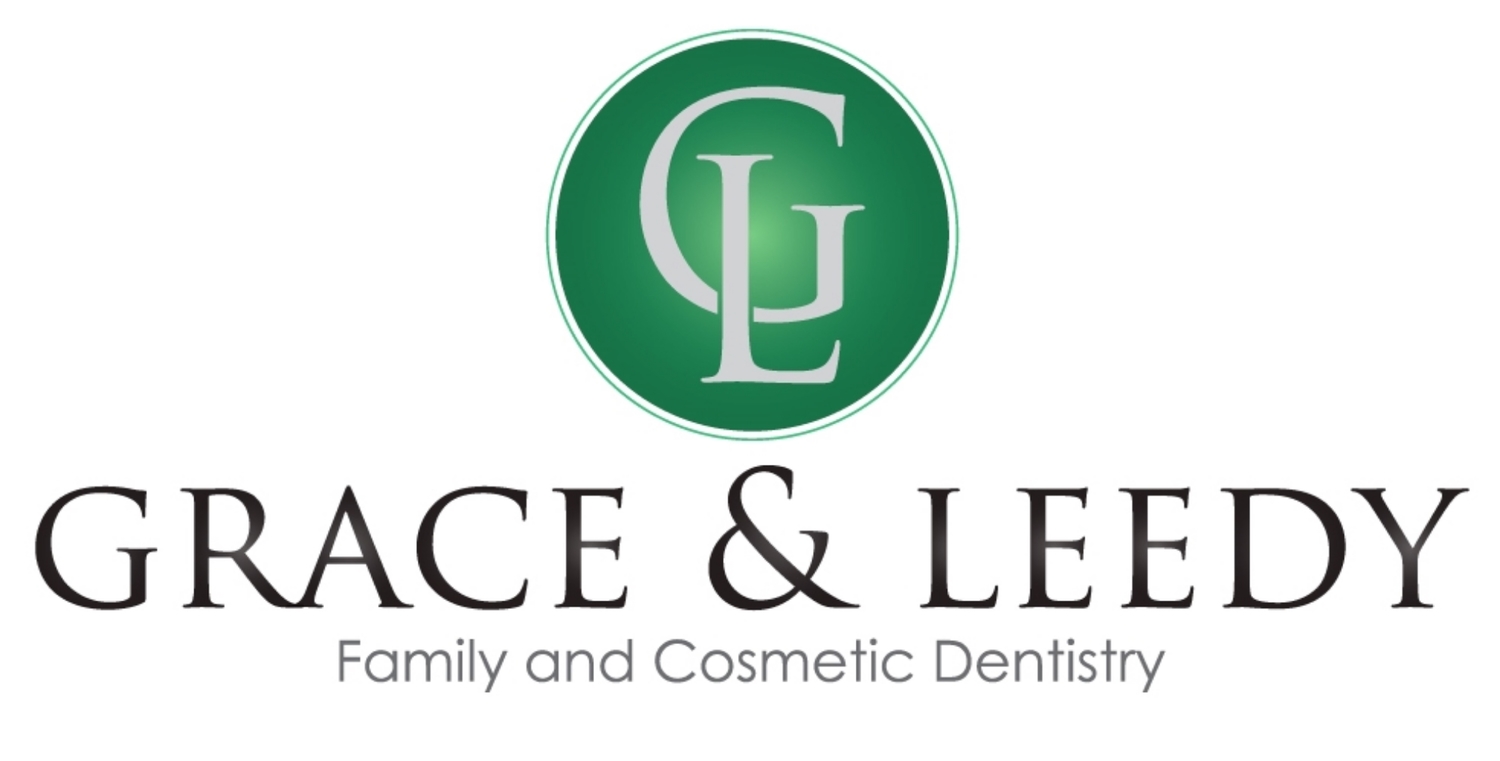
What Causes Gums To Recede?
Many patients have been in the dental chair when they receive the bad news from their dentist: “I am seeing some gum recession in areas of your mouth.” Fact is, most patients will experience receding gums at some point in their life. The trick is catching it early and determining what is causing the gums to recede. While concerns about periodontal disease are forefront in any discussion about receding gums, there are also a few other causes every patient should be aware of as they plot a course of treatment. Let’s take a closer look at the symptoms, causes and available treatment options of receding gums.
First The Symptoms
Before we get into the causes of receding gums, let’s talk a little bit about the symptoms that patients may experience when their gums become damaged. The most obvious way receding gums will manifest is visually. Your teeth will appear longer than normal as the gums have receded and more of the tooth is exposed. Dentists can usually tell pretty quickly when substantial gum loss has occurred in this way. In addition, patients may experience a couple more alarming symptoms. It is common for more pain and sensitivity to occur with receding gums because the roots have been exposed. Teeth may also become loose and have more of a “wiggle” than they used to when the gum tissue was healthy. Signs of gingivitis and the more advanced periodontal disease may also be present and include red, swollen and bleeding gums.
Causes
As we mentioned before, the onset of periodontal disease is typically the most common reason for receding gums, but it is not the only one. Let’s take a closer look at all the causes.
PERIODONTAL DISEASE
Periodontal disease is essentially an infection of the gums caused by long term exposure to plaque and tartar. Generally patients experience this condition because of poor flossing and brushing habits over time. The longer tartar buildup remains next to your gums, the symptoms of red, swollen and bleeding gums become worse and worse. If left untreated, periodontal disease can even lead to tooth loss. An early infection, known as gingivitis, only impacts the gums, but later infections can spread to tooth roots and even bones. Unfortunately this is a common condition in many patients, but is easily treated by proper care habits and regular dentist visits.
BRUSHING TOO HARD
A common misconception with many patients is if you brush harder, you’ll get all that harmful plaque and tartar off your teeth, thus avoiding the scary symptoms of periodontal disease. However the opposite is actually true. A very soft brush is a way better tool at keeping your mouth healthy than a hard brush. Pressing down hard with a toothbrush along your gums can actually cause damage, and even lead to gum recession all on its own. If you think you’re brushing too hard or your dentist warns of receding gums, talk with them about ways to correct this behavior.
GRINDING YOUR TEETH
Damage to your gums doesn’t just come from brushing too hard, it can also occur in compulsory behaviors like grinding your teeth. In this case, a lot of pressure gets applied to your teeth, which can end up damaging the gums if you don’t correct it. Ask your dentist about bite guards that will protect your teeth at night if you show signs of grinding your teeth.
SMOKING
It’s no secret that smoking has a negative effect on all areas of your mouth, and your gums are no different. Regular exposure to tobacco products (including smokeless) creates a thick layer of plaque which is much harder on your gums than normal plaque derived from starchy and sugary foods.
PREGNANCY / HORMONES
As we’ve discussed before in Dental Health During Pregnancy, the hormonal changes that occur during pregnancy can make it much easier for women to develop gum issues. It is not uncommon for pregnant women to develop receding gums if they are not seeing their dentist regularly throughout the pregnancy. The best way to avoid this is to visit your dentist soon after any pregnancy begins to develop a preventative plan.
GENETICS
Finally, in some cases there may be no discernable cause for gum recession. In fact we now believe that genetics and family history of gum recession and periodontal disease may be passed down from generation to generation. While this may seem like bad news for those who have parents and grandparents with receding gums, the best course of action is to visit your dentist regularly and inform them of this family history. As we’ve shown above, catching receding gums early is key.
Treatment
The best treatment for receding gums is prevention of any of the causes. Of course proper brushing and flossing techniques is your number one defense against these conditions. Visiting your dentist every six months for checkups is right there as well. If caught early, the progression of gum loss can be stopped and even reversed. In more severe cases, you may need gum surgery, which essentially involves folding back the impacted gum tissue to remove bacteria and set it back on a natural course of healing. Your dentist will develop an individual treatment and surgery plan depending on the severity of the condition.
Final Thoughts
As we’ve shown, receding gums can become a severe condition if left untreated, but since it is a common condition for many patients, your dentist has several ways to treat it and prevent any further recession down the line. If you’re experiencing symptoms of extreme sensitivity or the appearance of “long” teeth, it is time to schedule an appointment today. Grace & Leedy Family Dentistry is well versed in treating receding gums. Contact us today to learn more or schedule an appointment.
Location
10881 West Asbury Ave Suite 210, Lakewood, CO 80227
Phone: (303) 989-0452
Office Hours
MON8:30 am - 1:30 pm
TUE7:00 am - 3:30 pm
WED - THU8:00 am - 5:00 pm
FRI7:00 am - 3:30 pm
SAT - SUNClosed









comments